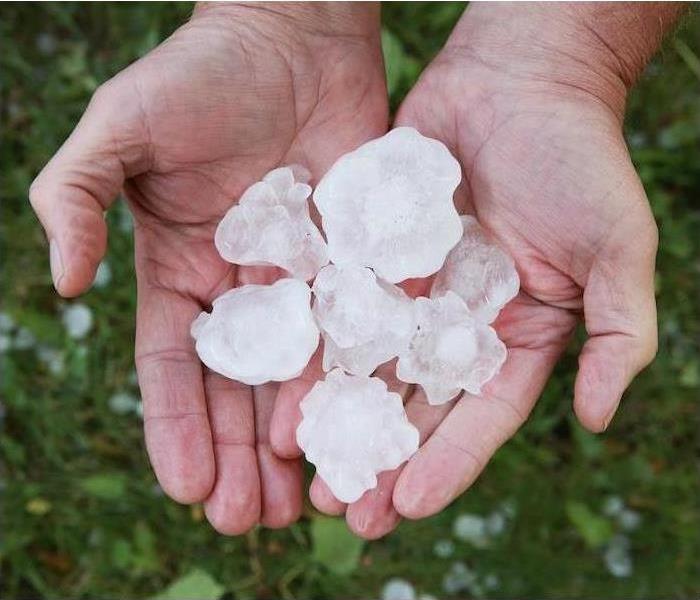Understanding Thunderstorm Damage | SERVPRO of Hamilton & South Trenton
6/7/2021 (Permalink)
 If a thunderstorm has resulted in damage to your home or business, know our team is available 24/7 to help with cleanup and restoration.
If a thunderstorm has resulted in damage to your home or business, know our team is available 24/7 to help with cleanup and restoration.
Thunderstorms are a regular occurrence during the warmer spring and summer seasons, bringing along the risk of damage to your property.
Thunderstorms come in varying levels of intensity. Do you know what those are?
Understanding Thunderstorms
Across the world, an average of 16 million thunderstorms occur each year. The U.S. can see upward of 100,000 thunderstorms annually, with an estimated 10% earning severe status.
Thunderstorms need certain conditions to be met in order to form. Moisture and rising unstable air are required, along with a “lifting” mechanism, which could be things like hills or mountains that force air to rise, or where warm/cold or wet/dry air bump together, causing that rising motion.
There are three stages in a thunderstorm’s life cycle. Those are the developing stage, the mature stage and the dissipating stage. It is during the mature stage that things like hail, strong rain, lightning, high winds and tornadoes are most likely to occur.
Common Types of Damage
Thunderstorms can prove dangerous in many different ways, but an extremely serious threat stems from the possibility of seeing flying debris due to high winds.
During severe storms, wind can see speeds in excess of 57.5 mph, and that is certainly high enough to result in damage to your property.
Even the most unexpected items could reach projectile status during a high wind situation. A smart thing to do is make sure you have scouted your yard for items that could turn dangerous, such as tree branches, lawn furniture, and fencing, and then taken steps to secure them before a storm comes into town.
Besides wind damage, thunderstorms can also produce these types of damage:
Lightning damage. Not only can lightning strikes cause a fire, they can also wreak havoc on your electrical systems. Since a lightning strike can pass through the wiring of your home, it can lead to the damage of anything plugged in.
Tornado damage. With wind speeds that can reach as high as 200 mph, tornadoes are especially destructive. They are able to cover a large area and do their damage in a limited amount of time.
Hail damage. Believe it or not, hail damage can top out around $1 billion a year. Small hail can damage crops throughout the country, while larger hail can damage vehicles, roofing and windows.
Flood damage. Rain almost always accompanies a storm, so it should not come as a surprise that heavy rains can turn into flood danger. Flash flooding can have the strength to rip trees out of the ground and sweep items and structures away.






 24/7 Emergency Service
24/7 Emergency Service